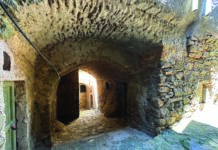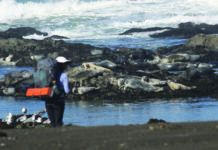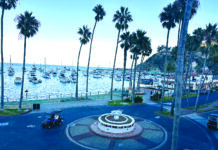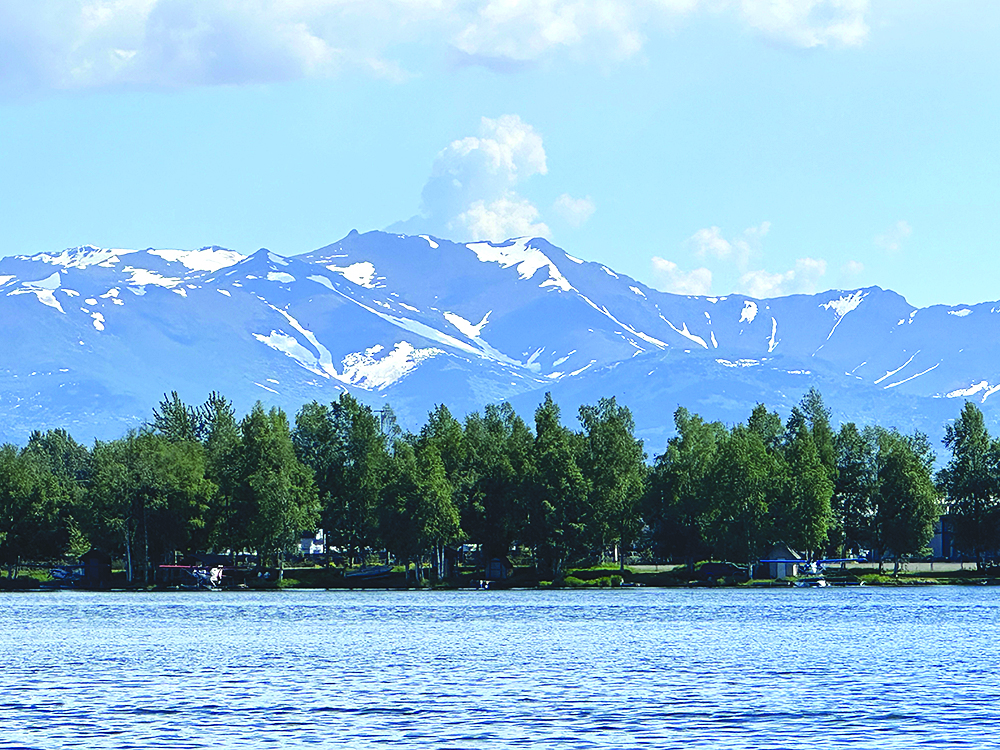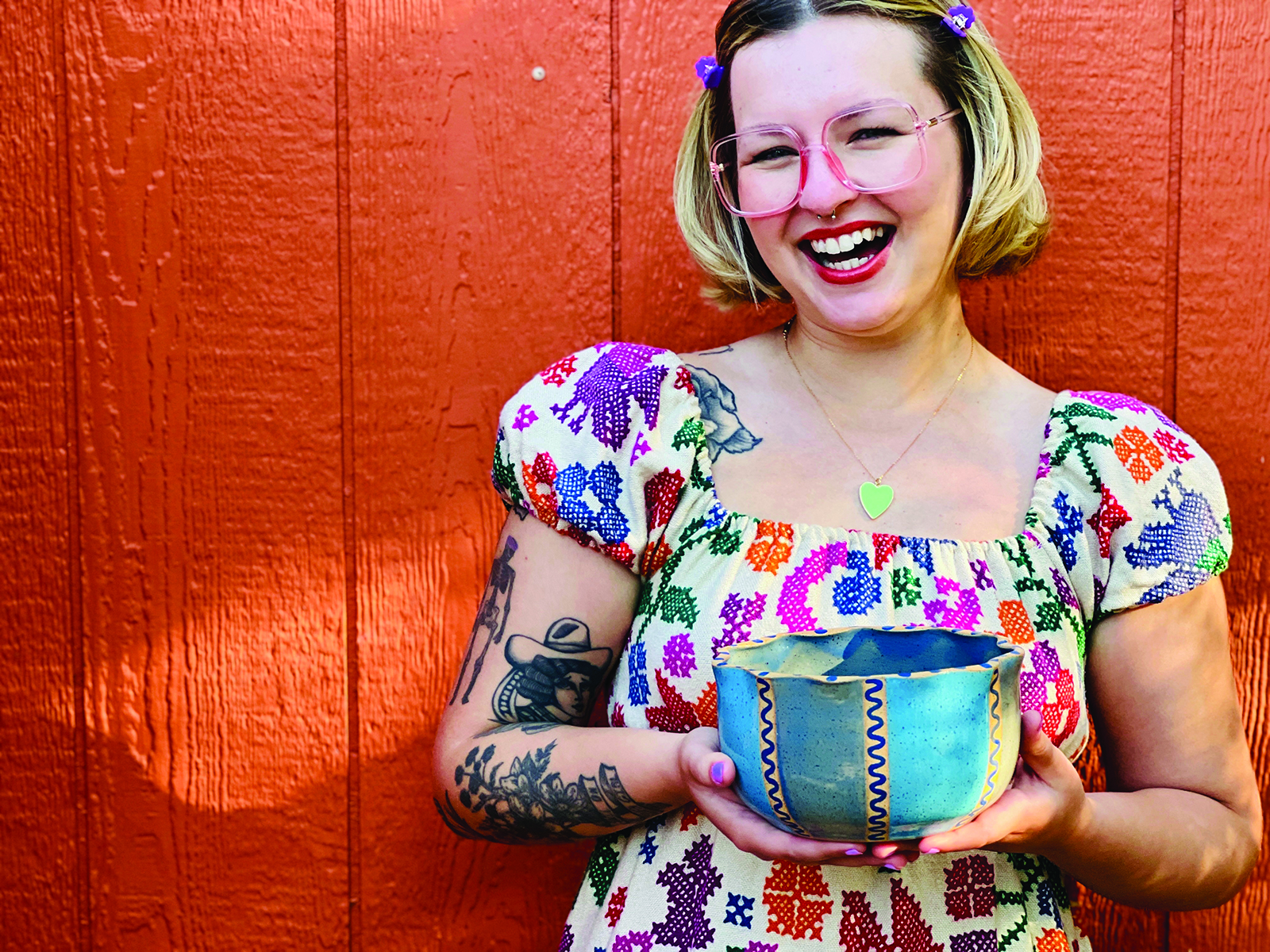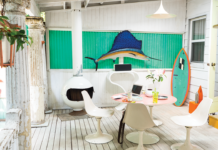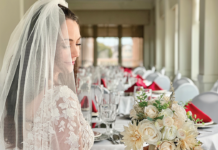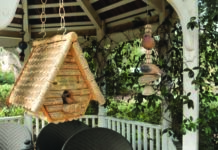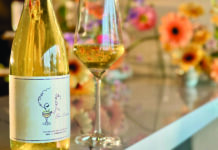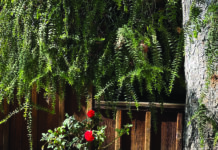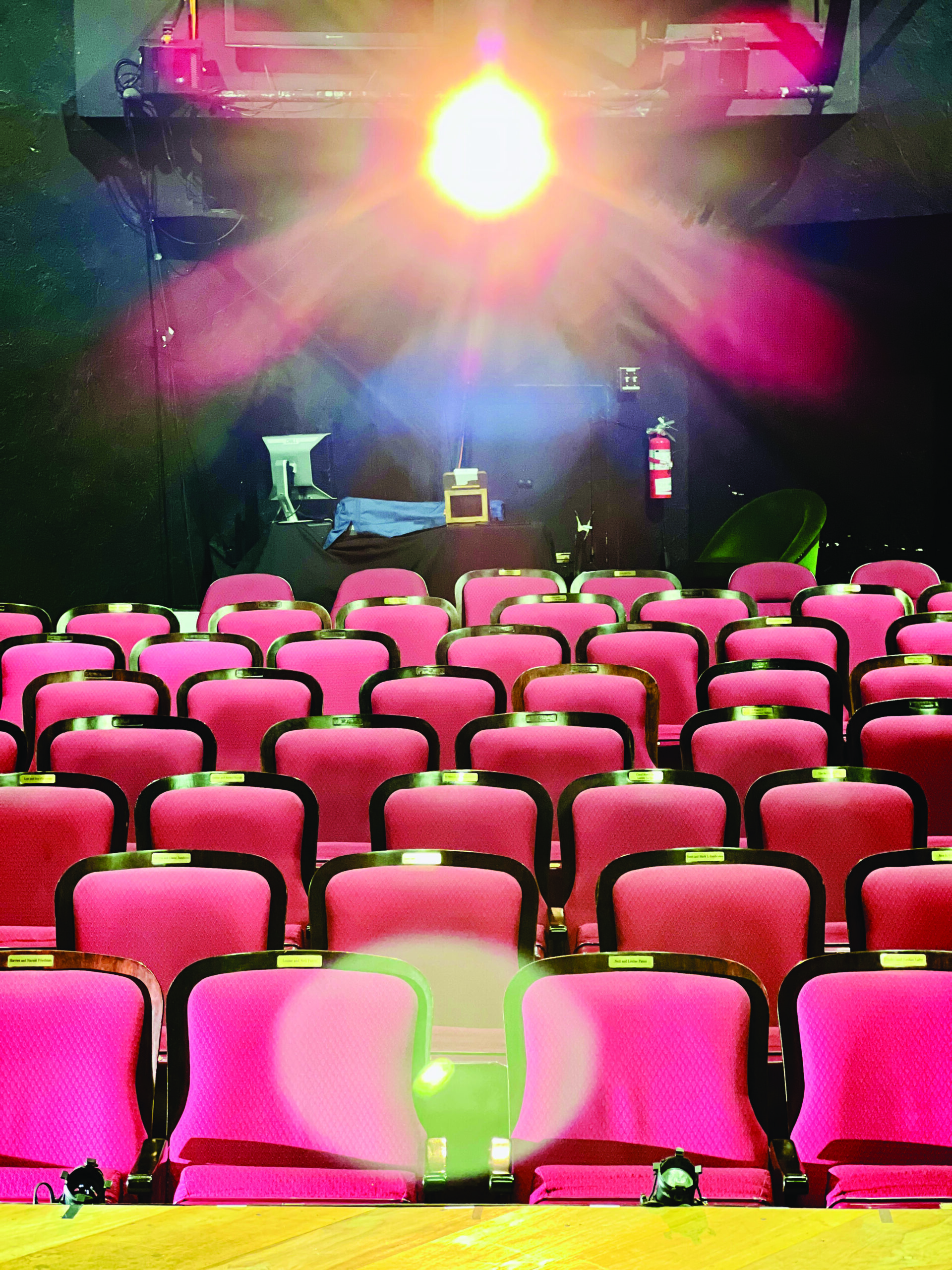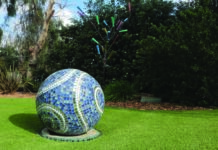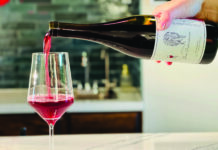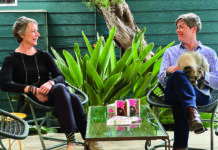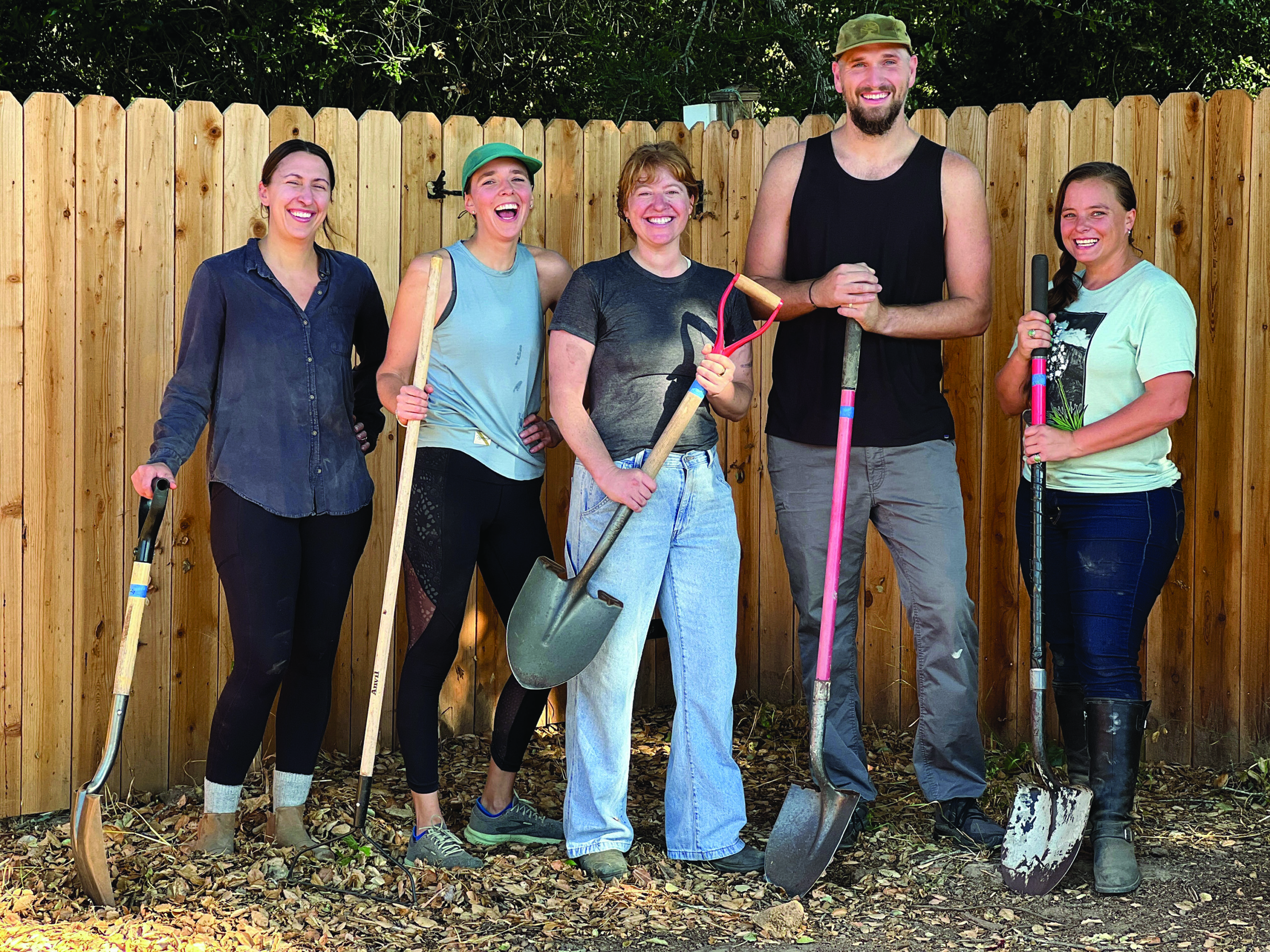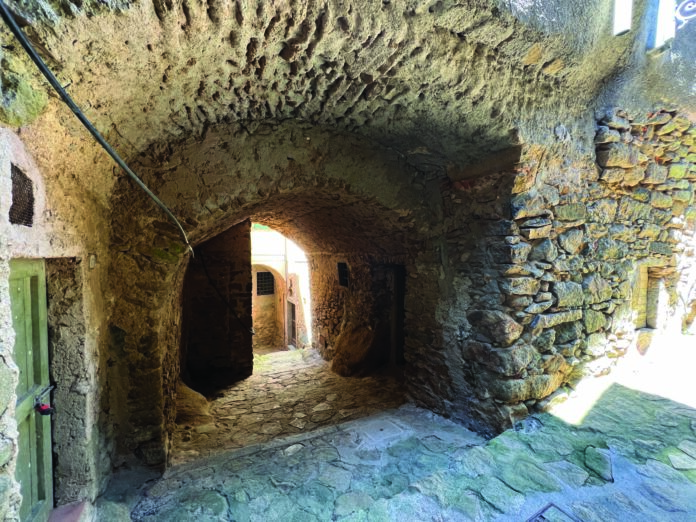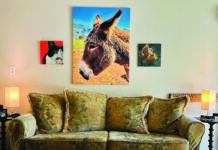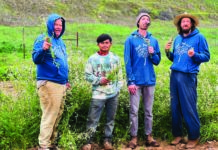Story and Photos by Gwendolyn Alley
On my trip to Tuscany last spring, I had three goals: soak in Saturnia Hot Springs, sleep in a StarsBOX in the countryside, and visit the vineyards on Isola del Giglio. While it’s tempting to try to see everything that Italy has to offer, I encourage you to take time to relax and smell the wine so you don’t need a vacation after your vacation.
With rolling hills, vineyards, cypress trees, beautiful beaches and charming medieval towns, Tuscany offers stunning landscapes full of rich history, delicious food featuring local ingredients and world-renowned wines. A moderate, sunny climate and a slower pace make Southern Tuscany the perfect place for the simple pleasures of Italian culture and lifestyle.
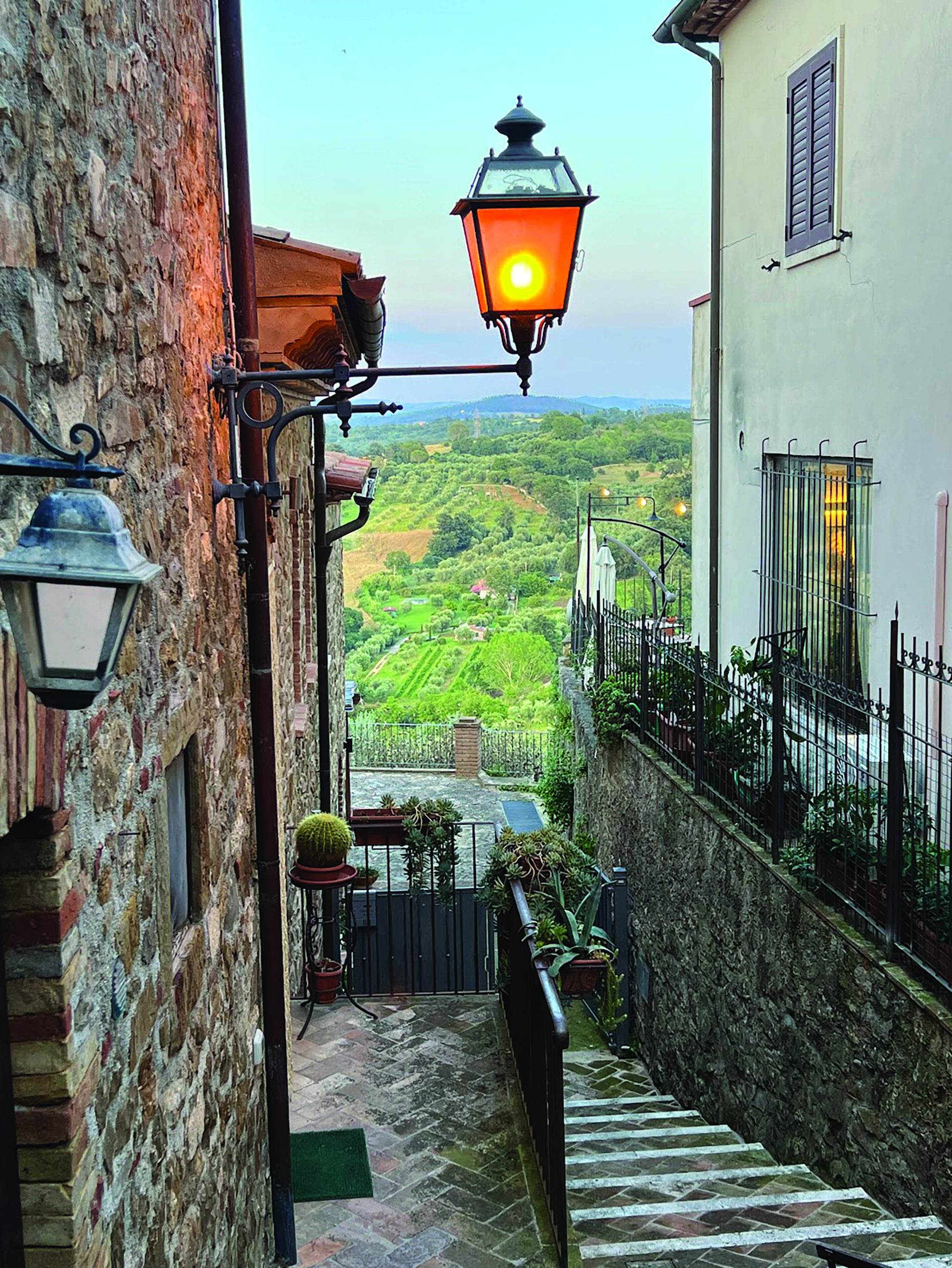
Steeped in history
Flying from Southern California to Italy has never been easier: ITA offers direct flights from LAX to Rome’s Fiumicino Airport. Public transit to remote areas can be challenging, so rent a car for an escape to Maremma — both a geographic and cultural region in central Italy known for marshlands, beaches, nature parks, archaeological sites, hot springs, the Tuscan Archipelago…and cowboys who roam the range on specially bred horses with their Maremmano sheep dogs. Today’s Maremma has fewer cowboys and sheep, more olive orchards and vineyards, but it’s fun to think about the people from the past who worked and went this way.
With Saturnia Hot Springs the goal, gas up and climb the country road from the coastal grasslands into oak woodlands. Make a quick stop at a store in Manciano for fresh meats, cheeses, olives, bread and other flavorful essentials.
The road continues up until Montemerano. At almost 1,000 feet, the walled village dates back to 1005 AD, one of 27 Tuscan villages on the official list of the most beautiful in Italy.
Stroll through the series of three walls and steep streets to the heart of the castello, check out the church of San Giorgio (the most important religious building in southern Maremma) and complete the visit with a meal at Verdiana, Cacio e Vino or La Cascia.
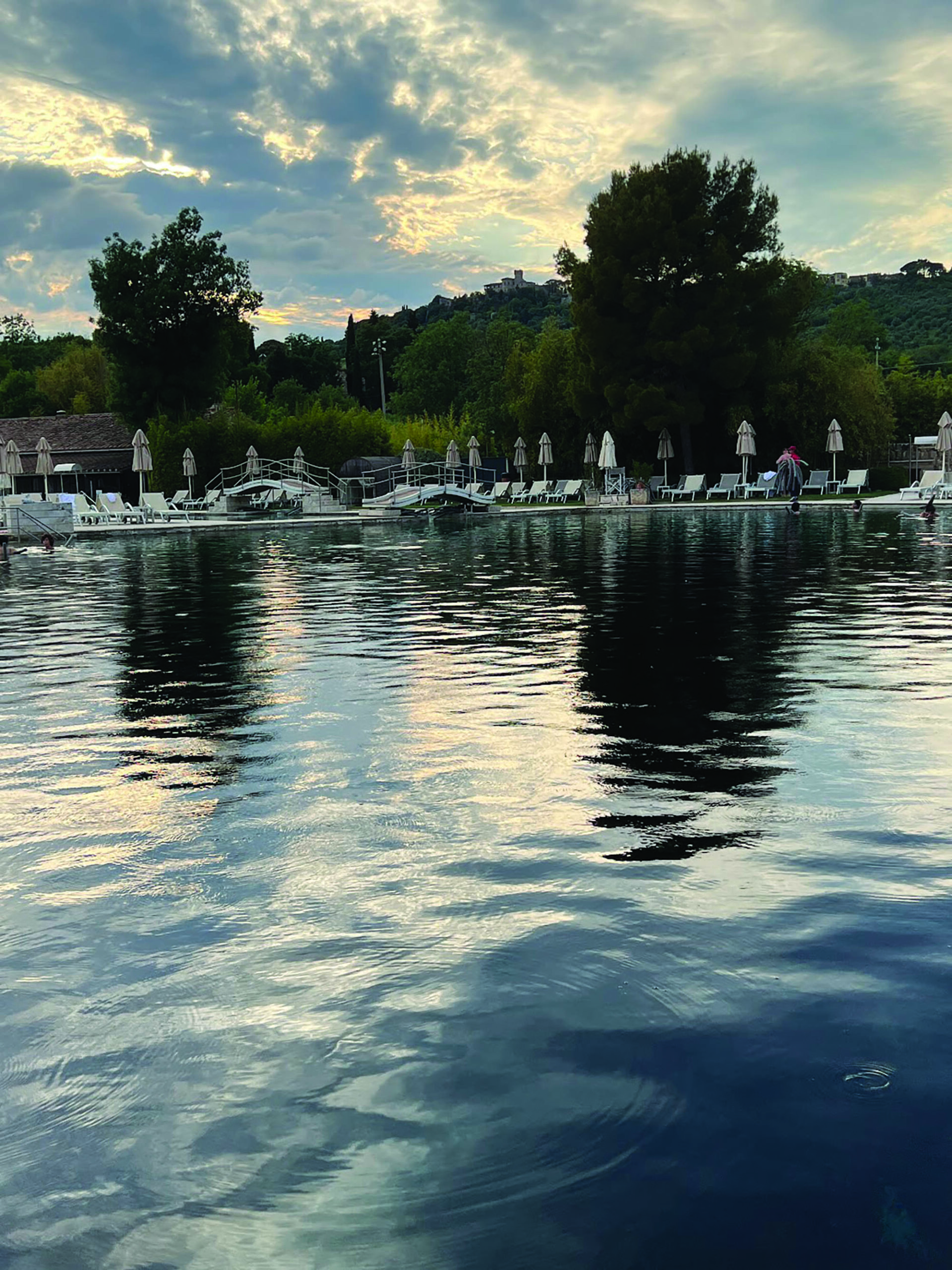
sulfurous springs.
Soaking up Tuscan spirit
From Montemerano, it is mostly downhill to Saturnia Hot Springs where the aqua-colored Cascate del Mulino catches your eye. Romans claimed Saturn created the natural thermal sulfurous springs with a thunderbolt. The cascading pools are rich in minerals with relaxing and therapeutic properties while plankton in the water benefit the skin as well as the digestive and circulatory systems.
Cascate del Mulino is free to visit all day, every day. Stop for a soak in the 98.6 degree water, wander downstream for more privacy, or go upstream for a picnic on the grass beside the creek. The restaurant on site offers food and drink. For a more upscale experience, the Terme di Saturnia Natural Spa and Golf Resort has accommodations, spa services, golf, cocktails and fine dining. Non-hotel guests can purchase day passes.
Above the hot springs is Saturnia. Etruscans built their walled villages high on hills to see approaching enemies. In the fourth century BCE, Romans conquered and absorbed the Etruscans, learning their engineering techniques and adopting Etruscan architectural styles.
Saturnia’s long history is evident in the Roman walls restored in the 16th century, plaza displays of ancient artifacts and the Archeological Museum with items from the Neolithic and Bronze ages.
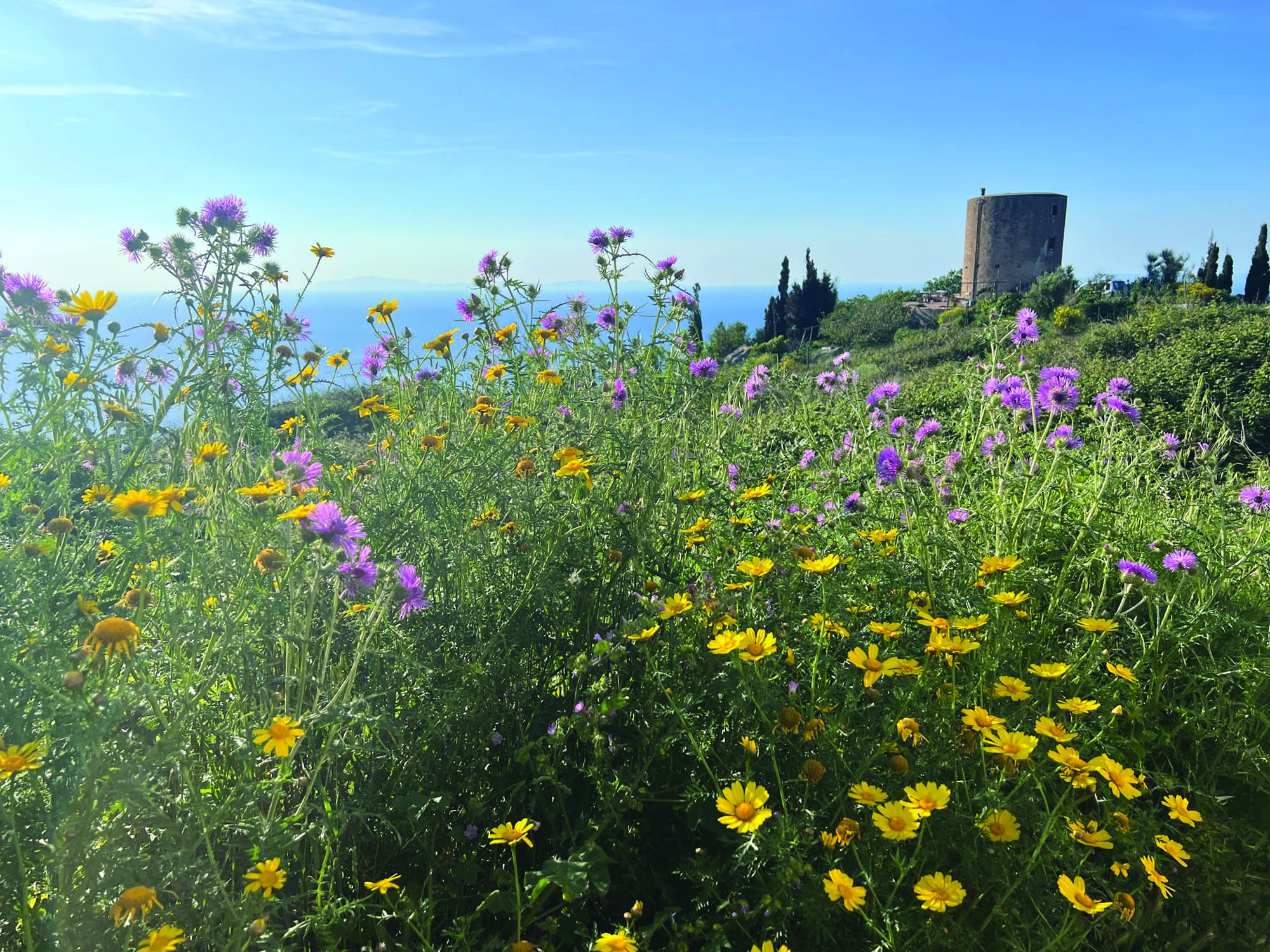
Glamping among the grapes
Several small shops and restaurants face the plaza. Saturnalia Wine Bar con Cucina features local organic foods, beautiful salads and traditional Maremma dishes, plus wines and olive oils from nearby biodynamic Fattoria La Maliosa owned by Antonella Manuli.
Manuli and Lorenzo Corino came up with a patented vegan regenerative agricultural method that restores and replenishes the land. Above the restaurant, Manuli recently restored apartments for short-term rentals.
At the winery, located about a 20-minute drive away, La Maliosa has several micro-cabins made by StarsBOX. These sustainably designed glampsites overlook vineyards and olive orchards and include a picnic box full of local specialties and a bottle of wine made by Manuli. She’s also renovating older stone buildings and constructing a state-of-the-art winery. Her organic olive oil has been named best in Italy.
In addition to accommodations and tastings of wine and olive oil, La Maliosa offers experiences for visitors including hikes and picnics in scenic locations like the Skydeck, a large “table d’orientation” with a panoramic view of the Tuscan Maremma hills, Monte Amiata, Pitigliano, Monte Argentario, Isola del Giglio and the Tuscan Archipelago.
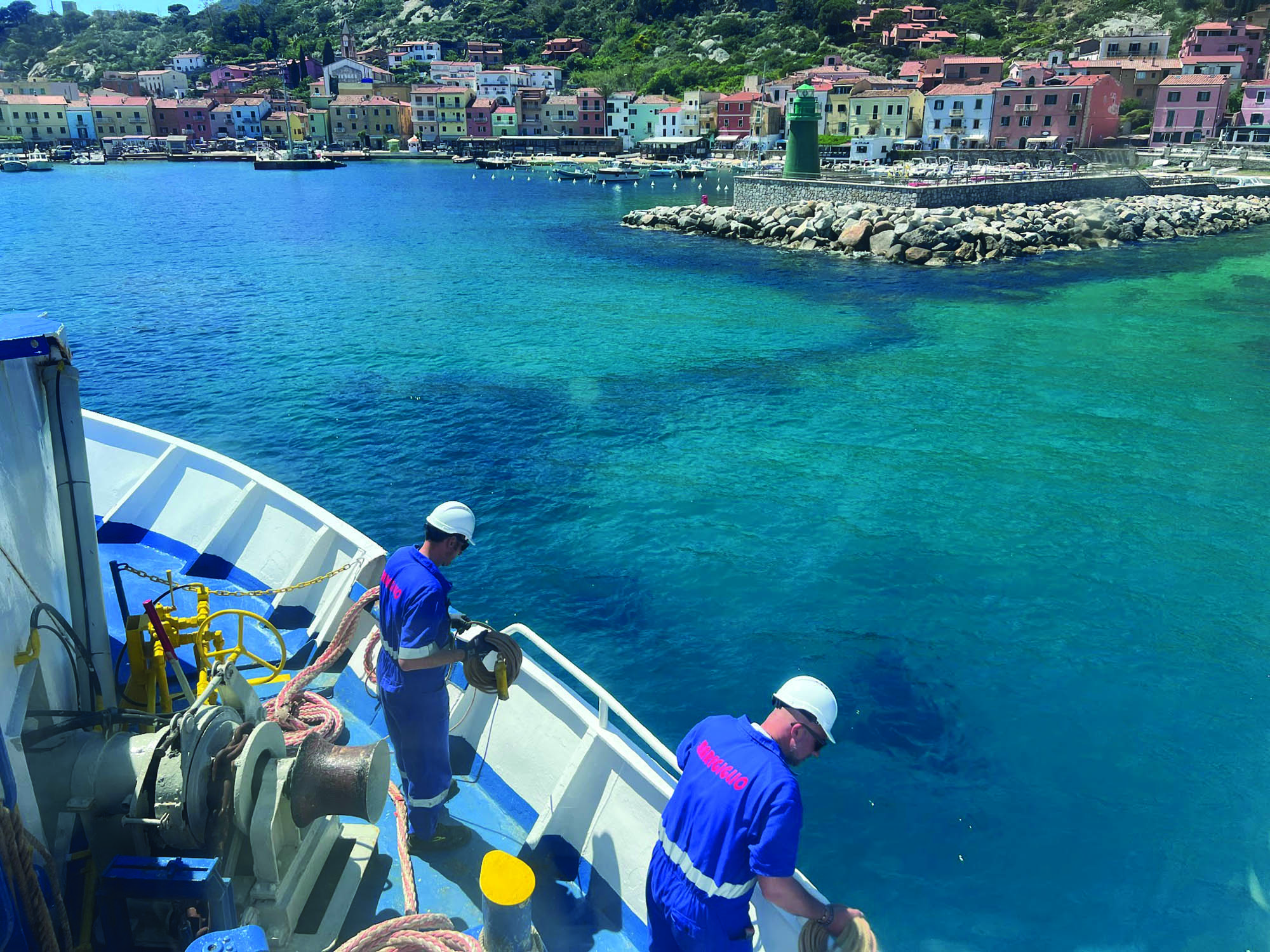
Island excursion
But it’s not enough to see Giglio in the distance — it requires visiting. It’s an hour-long drive west of Saturnalia to Porto Santo Stefano. The ferry takes about an hour to arrive at Isola del Giglio’s Castello Giglio, one of the official Tuscan villages and among the most beautiful in Italy.
Around 1000 AD, the medieval Castello Giglio was built 1,300 feet above sea level at the top of Isola del Giglio on an outcropping of stone. For centuries, villagers walked across the top of the island to the other end, where the weather was better, to farm steep terraces for food and grow the white wine grape Ansonica. The grapes went by sea to Rome to make wine, providing villagers with cash to purchase what they couldn’t grow. With war and industrialization, the vineyards and terraced vegetable gardens were mostly abandoned and overgrown with chaparral.
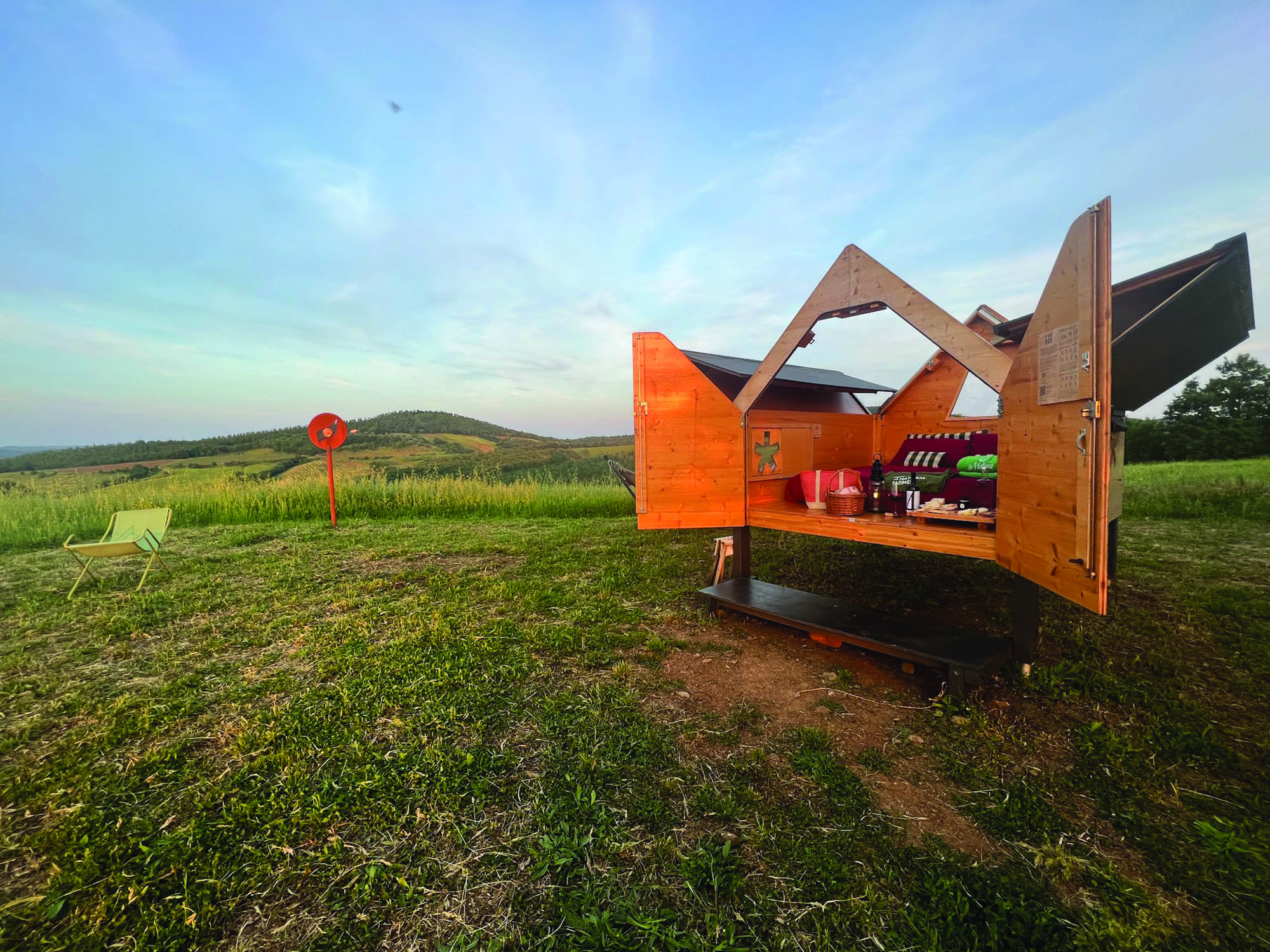
That is, until Francesco Carfagna decided to make wine for his Giglio restaurant. Childhood vacations on the island left him with a longing to live there, so he quit his job as a math teacher and moved, opening a restaurant featuring traditional regional cuisine and island wine — but not from Giglio. No one was making wine commercially until Carfagna rejuvenated the industry with his winery Altura (meaning high altitude) specializing in the indigenous Ansonica grape. Now in his 70s, he’s still active, but there’s a new generation of winemakers that he’s inspired, including his daughter Irene. It’s basically a two-person show — the father and daughter do it all, from growing, pruning, picking, labeling and pouring in the tasting room. And it’s all done by hand. They have a cellar and tasting room in the Castello, open by appointment only.
Travelers to Giglio Island find an unspoiled paradise with views of the sparkling Tyrrhenian Sea at every turn, stunning sandy coves, crystal-clear ocean and plenty of opportunities for outdoor activities like hiking and biking around the mostly unpopulated island, snorkeling and swimming in the emerald water.
Relaxed and ready to see the sights in the cities? Once off the ferry, Florence is about three hours north and Rome is two hours south.
Gwendolyn Alley teaches writing at Ventura College, hosts literary salons and publishes winepredator.com.


